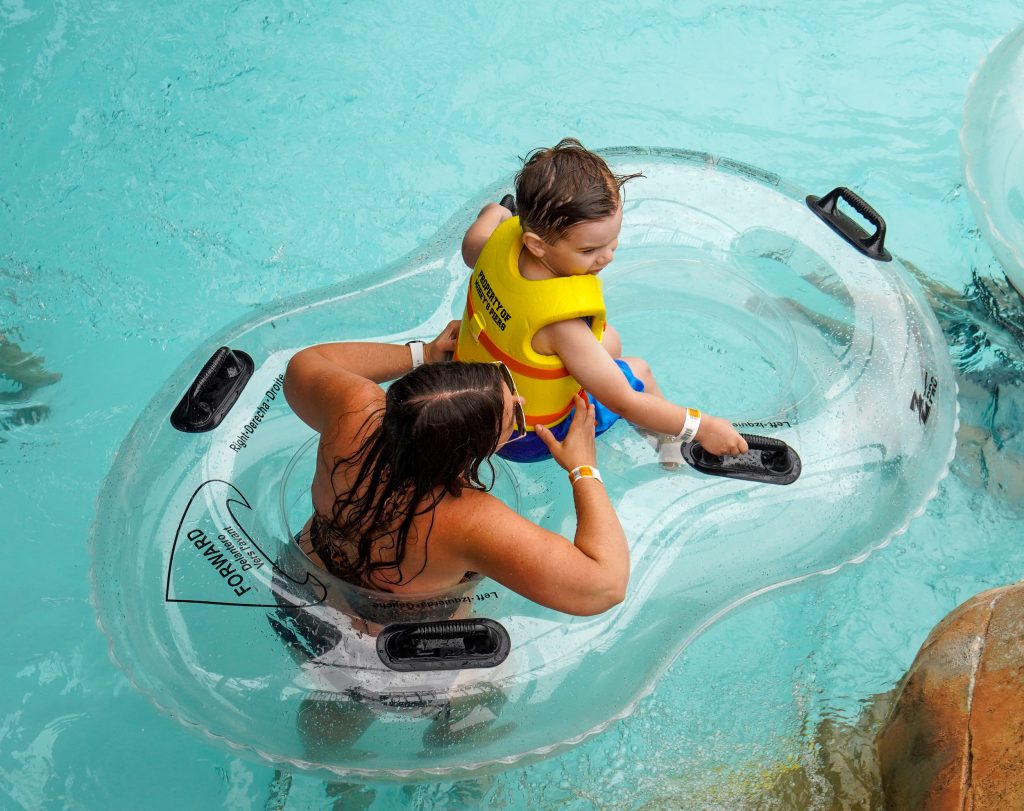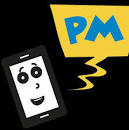As the sun shines brighter and the temperatures rise, families across the country flock to pools, beaches, and lakes for fun-filled water activities. While splashing in the water can be a highlight of summer, it also brings increased risks—especially for children. According to the World Health Organization (WHO), drowning is one of the top 10 causes of death in children and the leading cause of accidental death in kids aged one to four.
To help families stay safe this season, Dr. Adaobi Enekwizu, a trusted pediatrician at Bayhealth Pediatrics in Milford, shares her expert water safety advice. Her tips are backed by the Centers for Disease Control and Prevention (CDC) and the American Academy of Pediatrics (AAP), ensuring your summer stays safe and memorable.

Why Water Safety Is Critical for Children
Drowning can happen in the blink of an eye—and often in places you wouldn’t expect. It’s a silent, fast accident that can occur in pools, bathtubs, lakes, and even buckets with as little as two inches of water. The risks are especially high for toddlers, but older children and teenagers aren’t immune either.
The Risk for Young Children (Ages 1–4)
Most drownings in this age group happen in residential swimming pools. Drowning can occur in under 60 seconds, often with no warning signs. For every child who dies from drowning, eight more receive emergency medical care—and many are left with permanent disabilities like brain damage.
Some children are at even higher risk, including those with:
- Epilepsy
- Autism Spectrum Disorder
- Congenital heart conditions
For these children, Dr. Enekwizu strongly advises creating a personalized water safety plan in consultation with a pediatrician.
Drowning Risks for Preteens and Teens
Preteens and teens, especially boys aged 10 to 14, are more likely to take risks and overestimate their swimming abilities in lakes, rivers, and oceans. These age groups often suffer injuries from diving into unknown depths, leading to spinal injuries or worse.
Key recommendations include:
- Always checking water depth before diving
- Avoiding unsupervised swimming
- Understanding limitations in unfamiliar environments like oceans or rivers
Essential Water Safety Tips for Parents and Caregivers
Water safety isn’t about fear—it’s about preparation, awareness, and vigilance. Here are Dr. Enekwizu’s expert-backed steps to keep children safe:
1. Secure Your Pool with Proper Fencing
A four-sided fence that completely encloses the pool area can reduce drowning risks by over 80%. The fence should:
- Be at least 4 feet tall
- Include a self-closing, self-latching gate
- Open outward, away from the pool
Make sure there is no direct access from the house to the pool without going through the gate.
2. Keep Rescue Equipment Nearby
Always have rescue equipment, such as:
- Life rings
- Reaching poles
- A first aid kit
These tools should be easily accessible and visible in your pool area. Seconds count in an emergency.
3. Supervision: The “Water Watcher” System
Designate a responsible adult as the Water Watcher anytime children are near water. This person should:
- Remain within arm’s reach of young kids
- Avoid distractions like phones, books, alcohol, or socializing
- Rotate every 30 minutes to maintain alertness
Even in a crowded public pool or beach, personal supervision is key. Lifeguards are an extra layer of safety, not a substitute for attentive caregivers.
4. Start Swim Lessons Early
According to the AAP, children can begin swimming lessons as early as age one, depending on their developmental readiness. Swim lessons:
- Build water competency
- Teach kids how to float and tread water
- Improve confidence and safety awareness
However, lessons do not replace supervision. Even skilled swimmers can get into trouble.
5. Use the Right Life Jackets for Boating and Open Water
Whenever you’re on a boat or around open water:
- Ensure every child wears a U.S. Coast Guard-approved life jacket
- Check the label for weight and size specifications
- Never rely on inflatable toys or floaties as safety devices
A well-fitting life jacket is crucial for keeping heads above water and ensuring safety during an unexpected fall or capsize.
6. Learn CPR and First Aid
Being trained in CPR and basic first aid can be the difference between life and death. Dr. Enekwizu encourages all parents and caregivers to:
- Take a certified CPR class
- Refresh their training annually
- Learn how to respond in both water and land emergencies
Frequently Asked Questions
Q1: At what age should my child start swimming lessons?
A: The AAP recommends starting swim lessons as early as one year old, depending on your child’s developmental readiness.
Q2: What are signs of a drowning child?
A: Drowning is often silent. Look for signs like bobbing above water, gasping, or a lack of movement. Never assume a quiet child is okay near water.
Q3: Can small pools or bathtubs really be dangerous?
A: Yes. Just two inches of water can cause drowning. Children should never be left unattended near any amount of standing water.
Q4: What kind of life jacket should my child wear?
A: Always use U.S. Coast Guard-approved life jackets. Make sure the jacket fits snugly and is appropriate for your child’s weight.
Q5: Why is CPR training important for parents?
A: In the event of a drowning or emergency, immediate CPR can save your child’s life. Quick action can prevent brain damage or death.




